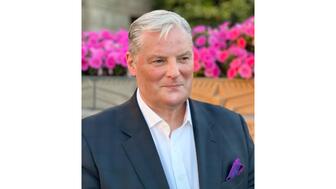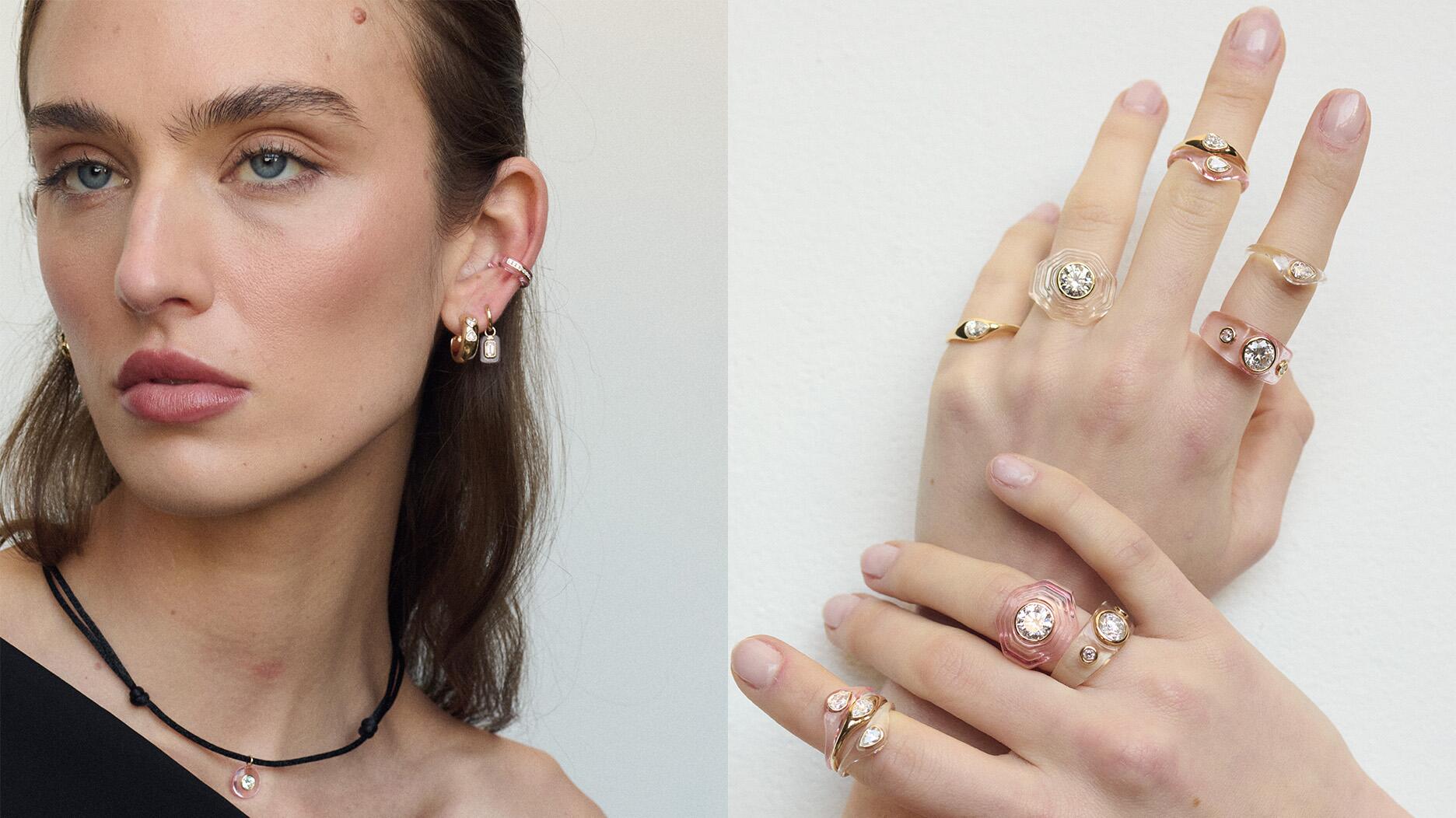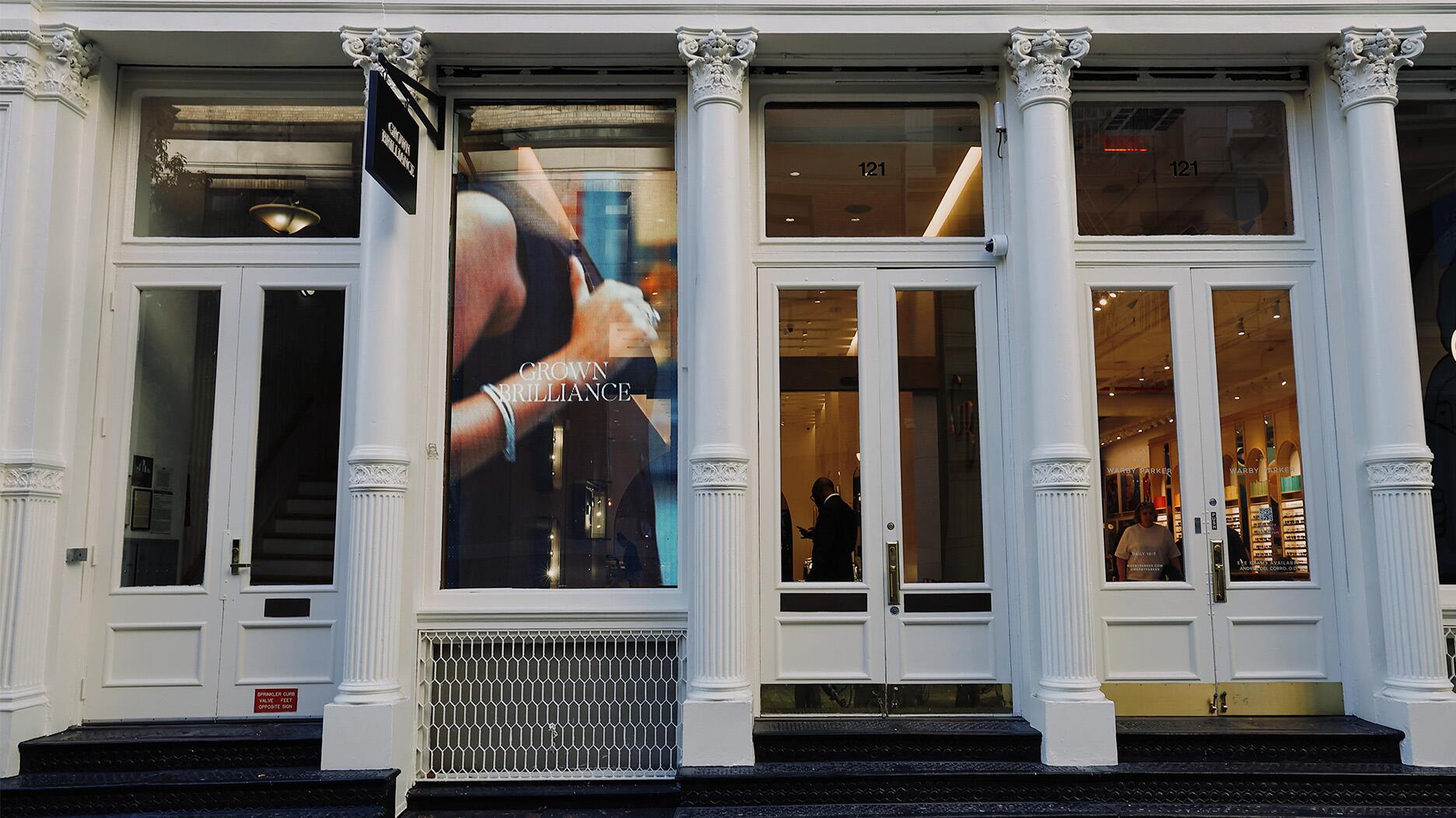Tom Chatham Has Written a Book About His Family
It details the family’s history and legacy in the world of lab-grown gems and is set for release at the JCK show in Las Vegas.

“The Chatham Legacy, An American Story,” is set to be released at the upcoming JCK show in Las Vegas.
The 219-page book is described as, “a look inside the true story behind the original lab-grown company,” that is a “must-read for everyone in the industry who wants to a gain a real understanding of how this category came to be.”
After experimenting with gemstone growing in the garage of his parents’ San Francisco home, chemistry-loving Carroll Chatham—Tom’s father—started Chatham Created Gems in 1938 after figuring out how to reliably produce emeralds.
“The Chatham Legacy” details these early days of experimentation, as well as the company’s battle with the Federal Trade Commission over the term “created,” a fight it ultimately won in 1963.
“Many thousands of dollars were spent to change this one little word, from ‘cultured’ to ‘created,’” Tom writes in the book. “Everyone felt relieved and positive for the future. Chatham-Created Emerald was born.”
The industry’s back-and-forth with the FTC over terminology for man-made stones continues today, from the recent revisions to the Jewelry Guides regarding terminology around lab-grown diamonds to the FTC’s current review of the “Green Guides,” which still are open for public comment.
The book also details the company’s journey to educate and try to win acceptance from the trade.
“Just to give you an idea how prehistoric the gemological world was back then, I have personal correspondences from 1947 from Richard T. Liddicoat, then president of the Gemological Institute of America (GIA), which was training jewelers to become professional gemologists, asking Carroll for any suggestions he may have on separating his emeralds from natural,” Tom states in the book.
According to the book, one of Liddicoat’s letters reads, “Since your product is so beautifully made and compares so favorably to fine natural material, we doubt that it would be possible to teach a method of identification by recognition of the differences between inclusion in your product and in natural emerald.”
After emeralds, Carroll expanded to growing rubies in 1958, alexandrite in 1972, and different varieties of sapphire beginning in 1975, among other gems.
When Tom joined the family business in 1965, he focused on creating business opportunities for the gemstones his father was growing. He writes in the book, “The courts may have given Chatham-Created Emerald its blessing, but certain sectors of the jewelry industry did not—and some never would.”
Tom will be in Las Vegas during the JCK show signing copies of his book. His company exhibits in the Plumb Club Pavilion, PC-700.
It is available in hardcover only and costs $90. In addition to Chatham, both GIA and Vancouver, British Columbia-based Branko Gem Labs will be selling copies of the book.
To pre-order or reserve a copy, call 800-222-2002 or email sales@chatham.com.
The Latest

The pavilion will be part of the 2026 JA New York Spring show, scheduled for March 15 to 17.

The collection features characters and motifs from Ukrainian folklore, including an enchanted mirror and a magic egg.

Most customers who walk into your store this month have made up their minds. Your job is to validate their choice, Emmanuel Raheb writes.

How Jewelers of America’s 20 Under 40 are leading to ensure a brighter future for the jewelry industry.

MatrixGold 3.11, the newest version of the jewelry design program, offers more flexibility, precision, and creative control.


Kadet, a 1994 National Jeweler Retailer Hall of Fame inductee, helped grow the family-owned retailer in the Chicago area and beyond.

Billed as the world’s smallest wearable, Lumia Health’s new smart earrings have a health tracker subtly embedded in the back.

Roseco’s 704-page catalog showcases new lab-grown diamonds, findings, tools & more—available in print or interactive digital editions.

Don’t let those with December birthdays feel blue. Help them celebrate their month with blue zircon, turquoise, and tanzanite.

The new pink sapphire version of the piece dances with its wearer in the brand’s “Icons After Dark” holiday campaign.

A choice that’s generated a lot of commentary, Pantone says “Cloud Dancer” marks a fresh start and encourages relaxation and creativity.

The manufacturer’s holiday campaign features a gift guide filled with trending designs and jewelry that can be personalized.

The man was charged with theft, accused of ingesting the necklace while in a jewelry store in Auckland, New Zealand.

The Florida independent expanded its store from 8,000 to 14,000 square feet, fulfilling the vision of its late co-founder, Jim Dunn.
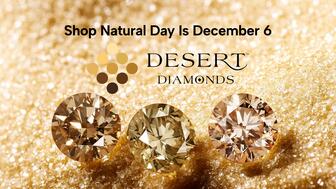
Sponsored by De Beers Group

The classic 5600 series G-Shock has been scaled down to about a tenth of its size, becoming a fully functioning watch ring.

The association’s annual conference and gala will take place Feb. 4, 2026, during the Tucson gem shows.

The January show will include a workshop for jewelry retailers on implementing AI to strengthen their businesses.
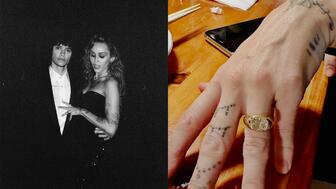
Fellow musician Maxx Morando proposed to the star with a chunky, cushion-cut diamond ring designed by Jacquie Aiche.
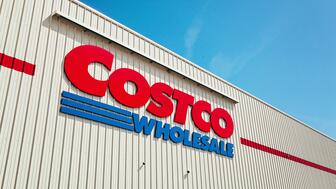
The retailer, which sells billions in fine jewelry and watches, is suing the Trump administration and U.S. Customs and Border Patrol.

Black Friday is still the most popular shopping day over the five-day holiday weekend, as per the National Retail Federation’s survey.
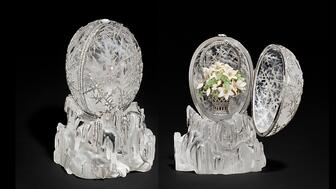
The historic egg, crafted for Russia's ruling family prior to the revolution, was the star of Christie’s recent auction of works by Fabergé.
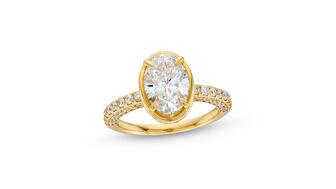
The retailer offered more fashion jewelry priced under $1,000, including lab-grown diamond and men’s jewelry.
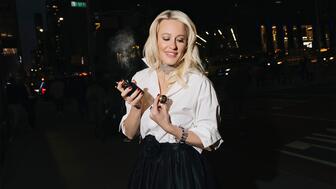
The eau de parfum is held in a fluted glass bottle that mirrors the decor of the brand’s atelier, and its cap is a nod to its “Sloan” ring.

Vivek Gadodia and Juan Kemp, who’ve been serving as interim co-CEOs since February, will continue to lead the diamond mining company.

In addition, a slate of new officers and trustees were appointed to the board.
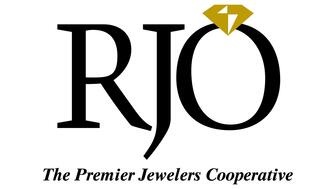
Witt’s Jewelry in Wayne, Nebraska, is the organization’s new milestone member.




